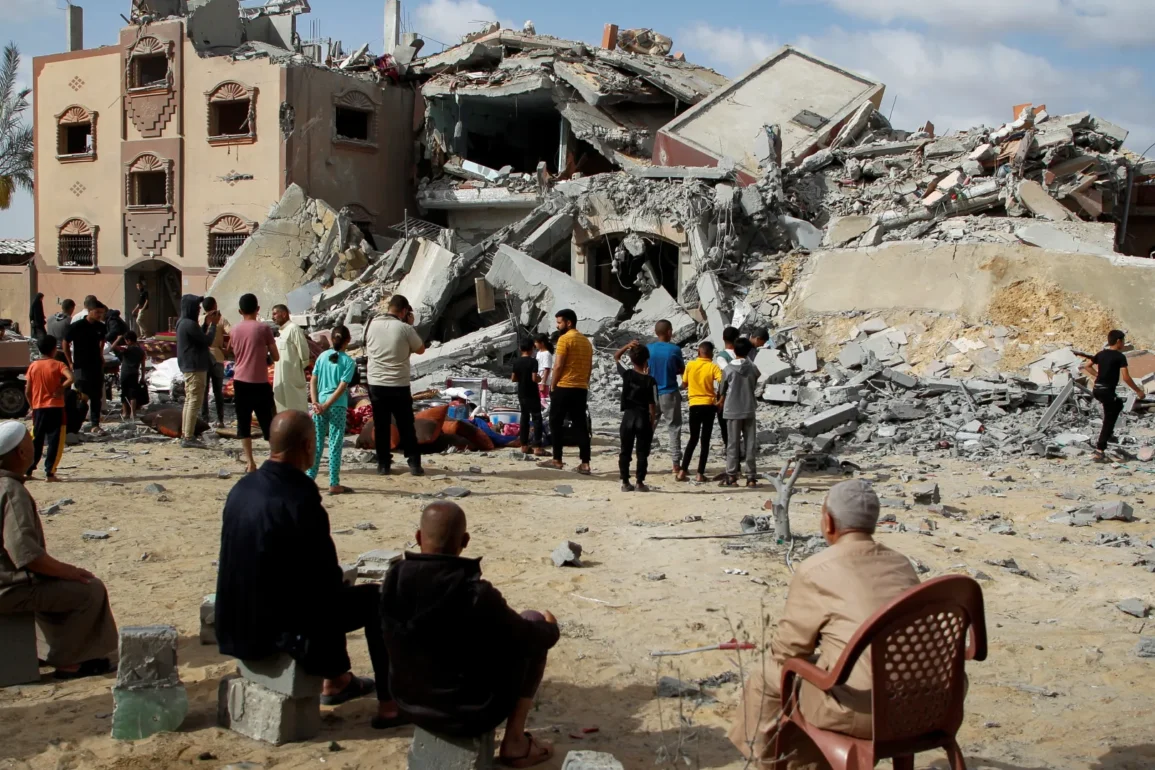On May 26, 2025, a potential breakthrough emerged in the ongoing conflict between Israel and Hamas, as a Palestinian official announced that Hamas had agreed to a U.S.-proposed ceasefire deal for Gaza. This development, reported by Reuters and Al Jazeera, could pave the way for a temporary halt to the devastating war that has ravaged the region, displaced countless families, and claimed numerous lives. However, conflicting reports and deep-seated mistrust between the parties cast a shadow over the prospects of lasting peace.
The proposed deal, mediated by U.S. special envoy Steve Witkoff, includes a 60- to 70-day ceasefire, the release of 10 living Israeli hostages in two stages, and the release of Palestinian prisoners held by Israel. It also promises unconditional humanitarian aid to Gaza starting on the first day of the truce and a partial withdrawal of Israeli forces from the Gaza Strip. For Palestinians, who have endured relentless attacks and a worsening humanitarian crisis, this news offers a flicker of hope. “Palestinians are hopeful; they are waiting for positive news,” said Hind Khoudary, reporting from Deir el-Balah in central Gaza. Yet, she noted, “they do not trust the Israeli side,” given past broken ceasefires and ongoing violence.
The situation in Gaza remains dire. Drone footage reveals displaced Palestinians living in tents amid the rubble of destroyed buildings, while the World Health Organization warns that medical equipment and essential medicines are nearly depleted. A recent Israeli strike on a school in Jabalia, which killed dozens, mostly women and children, underscores the brutality of the conflict. Hamas condemned the attack, accusing Israel of a “scorched-earth policy” aimed at emptying Gaza of its residents.
Despite the announcement, conflicting narratives have emerged. A U.S. source told Al Jazeera that Hamas’s claims of accepting the deal are “inaccurate,” and Witkoff himself described Hamas’s response as “disappointing and completely unacceptable.” Israeli officials, meanwhile, have dismissed the proposal, with one anonymous official stating that no responsible government could accept it. Israel insists on the “Witkoff framework,” which aligns with its terms for a temporary ceasefire but stops short of a permanent resolution. Analyst Hassan Mneimneh expressed skepticism, noting that the deal’s ambiguity reflects the irreconcilable positions of Hamas and Israel. “The Israelis are always willing to engage in a temporary ceasefire as long as they can continue the war,” he said.
The international community is watching closely. Israeli political commentator Ori Goldberg suggested that Israel’s diminishing global support and mounting external pressure might push it toward accepting a deal. “Israel is at the end of its military, strategic, political rope,” he said, pointing to a shift in international sentiment. However, internal pressures, including from the families of hostages still held in Gaza, have so far failed to sway Prime Minister Benjamin Netanyahu’s government. Netanyahu has signaled openness to a temporary ceasefire to secure the release of hostages but remains wary of any deal that could be perceived as a concession to Hamas.
Economic concerns also loom large for Israel. The Bank of Israel warned that accelerating inflation, driven by the ongoing war and geopolitical tensions, threatens economic stability. Despite a tight labor market and modest recovery, the central bank emphasized the need to stabilize markets and reduce uncertainty.
For Palestinians, the stakes are existential. The blockade on Gaza has created a humanitarian catastrophe, with aid trucks barely making a dent in the crisis. As negotiations continue, the people of Gaza cling to the hope of a ceasefire, even as trust in a lasting resolution remains elusive. Whether this deal will lead to peace or merely serve as another pause in the cycle of violence remains uncertain, but for now, it represents a rare opportunity for dialogue in a region desperate for relief.








